- Write by:
-
Thursday, July 20, 2023 - 23:43:58
-
139 Visit
-
Print

Mining News Pro - In the 1991 film “Terminator 2: Judgment Day,” a malevolent time-traveling and shape-shifting android called T-1000 that was made of liquid metal demonstrated a unique quality. Hit with blasts or bullets, its metal would heal itself.
Self-healing metal is still just science fiction, right? Apparently not.
Scientists on Wednesday described how pieces of pure platinum and copper spontaneously healed cracks caused by metal fatigue during nanoscale experiments that had been designed to study how such cracks form and spread in metal placed under stress. They expressed optimism that this ability can be engineered into metals to create self-healing machines and structures in the relatively near future.
Metal fatigue occurs when metal – including parts in machines, vehicles and structures – sustains microscopic cracks after being exposed to repeated stress or motion, damage that tends to worsen over time. Metal fatigue can cause catastrophic failures in areas including aviation – jet engines, for instance – and infrastructure – bridges and other structures.
In the experiments at the US government’s Sandia National Laboratories in New Mexico, the researchers used a technique that pulled on the ends of the tiny metal pieces about 200 times per second. A crack initially formed and spread. But about 40 minutes into the experiment, the metal fused back together.
The researchers called this healing “cold welding.”
“The cold welding process is a metallurgical process that is known to occur when two relatively smooth and clean surfaces of metal are brought together to reform atomic bonds,” said Sandia National Laboratories materials scientist Brad Boyce, who helped lead the study published in the journal Nature.
“Unlike the self-healing robots in the ‘Terminator’ movie, this process is not visible at the human scale. It occurs at the nanoscale, and we have yet to be able to control the process,” Boyce added.
Metal pieces were about 40 nanometers thick and a few micrometers wide. While the healing was observed in the experiments only in platinum and copper, Boyce said simulations indicated that self-healing can occur in other metals and that it is “entirely plausible” that alloys like steel could exhibit this quality.
“It’s possible to envisage materials tailored to take advantage of this behavior,” Boyce said.
“Given this new knowledge, there may be alternative material design strategies or engineering approaches that could be devised to help mitigate fatigue failure. In addition, this new understanding may shed light on fatigue failure in existing structures – improving our ability to interpret and predict such failures,” Boyce added.
Scientists in the past have fashioned some self-healing materials, mostly plastics. Study co-author Michael Demkowicz, a Texas A&M University professor of materials science and engineering, predicted self-healing in metal a decade ago.
Demkowicz correctly figured that under certain conditions, putting metal under stress that ordinarily should worsen fatigue-related cracks could have the opposite effect.
“My guess now is that tangible applications of our findings will take another 10 years to develop,” Demkowicz said.
“When I first made my predictions, some of the press said I was working on a T-1000. That’s still sci-fi,” Demkowicz said. “However, at the end of (TV series) ‘Battlestar Galactica,’ the crew adapted some Cylon (a fictional robot race) technology to help heal fatigue damage to their ship, making metal behave more like an organic tissue that can heal its own wounds. I’d say what we’re working on is more along the lines of the ‘Battlestar Galactica’ example.”
The self-healing was observed in a very specific environment using a device called an electron microscope.
“One of the big questions left open from the study is if the process also happens in air, not just the vacuum environment of the microscope. But even if it only occurs in vacuum, it still has important ramifications for fatigue in space vehicles, or fatigue associated with subsurface cracks that are not exposed to atmosphere,” Boyce said.
Short Link:
https://www.miningnews.ir/En/News/624153
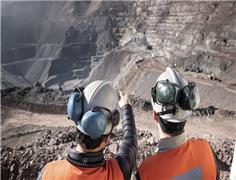
Anglo American Plc said it is has received an unsolicited non-binding combination proposal from BHP Group.
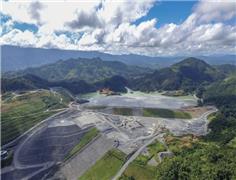
Toronto-listed miner OceanaGold Corp said on Wednesday it will raise 6.08 billion pesos ($106 million) through an ...
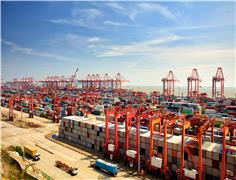
A key measure of Chinese copper demand just sank to zero, another indication that global prices are not balanced with ...
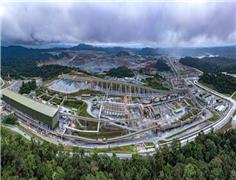
Canadian miner First Quantum Minerals (TSX: FM) believes it will be able to take the already mined 121,000 tonnes of ...
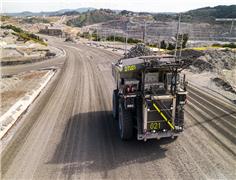
Canadian miner First Quantum Minerals said on Tuesday that it has cut its debt by $1.14 billion in the first quarter.
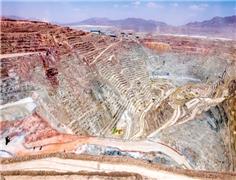
Chile is expected to produce a record 5.8 million metric tons of copper in 2025, the state-run Chilean Copper Commission ...
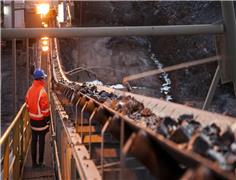
Copper traded near $10,000 a ton, hitting a new two-year high on its way, as investors continue to pile in on a bet that ...
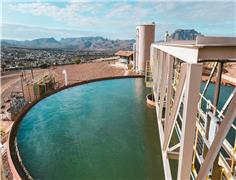
A Native American group has asked all members of a US appeals court on Monday to overturn an earlier ruling that granted ...
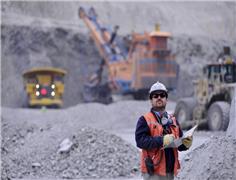
Codelco is exploring more partnerships with the private sector as Chile’s state copper behemoth looks to recover from a ...
No comments have been posted yet ...